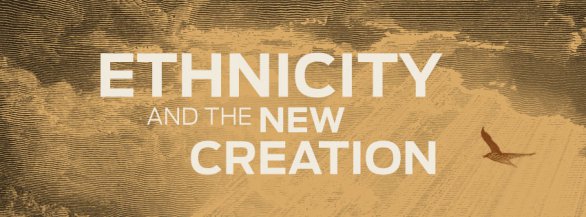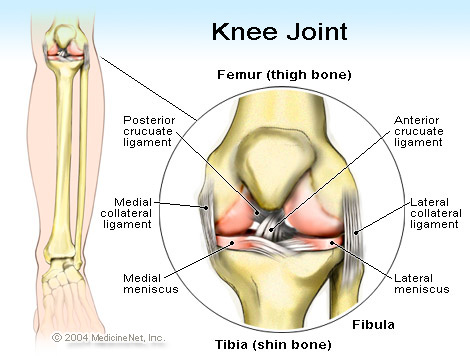
*My post here was originally published on Aug 27, 2015 in The Gospel Project.
In movies like Memento or Eternal Sunshine of the Spotless Mind, the story is told in reverse—we call this technique the reverse chronology method. As counter-intuitive as this method might seem, movies that start with the end can actually be quite compelling, if not more so, than the traditional method of going from start to finish. This is because you’re placed in the seat of an investigator when the first scene of the movie is the end or the climax. You know something that the actors don’t, and you are trying to piece together the actions that they will take, in order to get to that end.
In the same way, you and I are living in a reverse chronology story. We know what is going to happen in the end—Jesus will return and he will usher in his new creation. His kingdom will fully come and be fully realized here on earth as it is in heaven. However, today, we are living in a moment where the kingdom is here but not fully here. We see evidences of God’s fingerprint and his new creation taking shape, but we can’t fully experience it until Jesus returns. As a result, we are living in a time of tension – we are straddling between the now and the not yet. We know what the end will bear, but today we still need to bear through the trials and struggles of this world. We know that in the end, there will be no more tears, grief, crying, pain, and death (Rev 21:4), but today, we face those harsh realities even more so than ever before. The future vision of this new creation is most clearly outlined in Rev 7:9-10.
[Read more…] about Ethnicity and The New Creation

